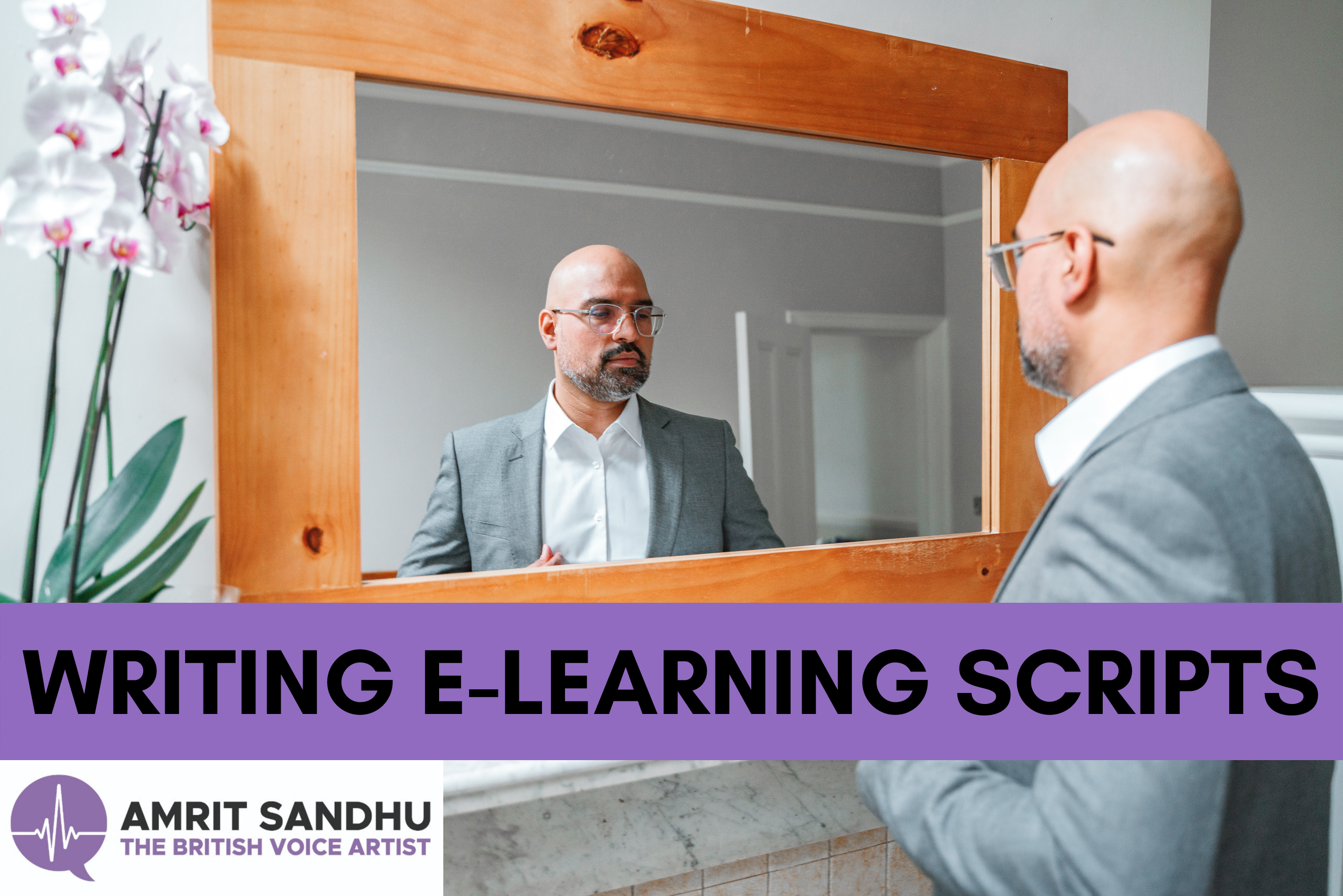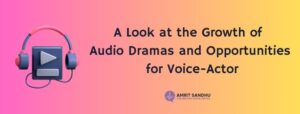e-Learning has been around for a while, but distance learning methods have been more important than ever due to the pandemic. To make the most out of an e-Learning experience, educators have offered students multiple forms of learning materials to stay engaged, including audio recordings and videos.
Do you want to make a great e-Learning script for your educational recordings and videos? Here are some excellent tips you need to learn.
Why Writing a Great E-Learning Script Matters

Learning materials can come in the form of reviewers, books, etc. However, it is important to stimulate a student’s brain, which is why many people opt for recordings and videos as learning materials. Solely relying on reading material can bore students, and make them less interested in studying.
So, focusing on making your e-Learning script exciting, interesting, and engaging is a must. Students will be listening to the words on your script, so what you write matters. You want them to walk away after listening to the script learning something new.
Hiring a good voice actor for your e-Learning script is also crucial. Your script can be perfect, but what good is an impeccable script without a voice to match it? If the voice is dull, monotone, etc., students will be less inclined to listen.
A fantastic voice actor and amazing script work hand-in-hand. Read my other article, E-Learning Voice-Over Scripts: Picking a Voice Actor, to learn how to hire a voice artist for your e-Learning script.
Use Simple Words

Firstly, simple words are almost always more effective for teaching. You do not want to confuse students with complex words while they are already trying to learn something new. Simple words will help students focus more on the topic itself. That way, they will not be distracted from trying to understand the words.
Of course, this will depend on the subject itself. More technical subjects, such as medicine and law, will require larger words to describe specific things. However, those should be used when needed. If a simple and quick explanation can get your point across, it is best to stick to that.
Apply Storytelling

People naturally love to listen to stories because we listen all the time. Whenever we listen to a podcast, watch a movie, read a book, listen to music, etc., we are essentially listening to someone tell a story. So, our brains are naturally wired to listen to stories, especially when the “plot” is interesting.
It is important to follow the basics of storytelling. That way, the listener can easily follow what you are teaching, fully taking the main messages away from the story.
For instance, you need to start with a good beginning. You want the start of your story to lay out the basics of what they need to know before moving onto the “plot” or subject. So like how you would lay out characters, backstories, etc., before a normal story, you want to explain any basics. This can include terms, basic equations, what you will discuss and why etc.
Now, we move on to the “plot” of your story. The plot can be the exact topic for your e-Learning script, like “The Solar System.” You can build up your plot like the story, starting with what each planet is, and carefully describe the unique characteristics of each planet. You can then move on to the importance of the solar system, what makes it a solar system, etc.
Finally, the end of your story should be similar to a reiteration of what you just said. You want to quickly reiterate the main points of your topic for that script. For example, “The solar system has 8 planets,” would be a point you want to mention again.
Have the Right Word Count

Word count has a huge impact on your script, and how many words your script should be will mostly depend on the purpose. That way, you can let students efficiently learn about the topic within the proper and ideal timeframe.
Let’s say that you just need a quick video to explain a certain topic to students, like the characteristics of the planets in the solar system. Then, you may need a 1-2 minute video.
How many words you will need to add for a 1-2 minute video will vary on your voice actor, student’s age, if there are pauses for visuals, etc. I can personally do about 100-150 words per minute, but you can toy around with the script by reading it out to see what word count and speed work best.
Now that we covered the basics, do you think you have any more tips for writing e-Learning scripts? Do not be shy to share them in the comment section below.




